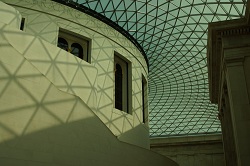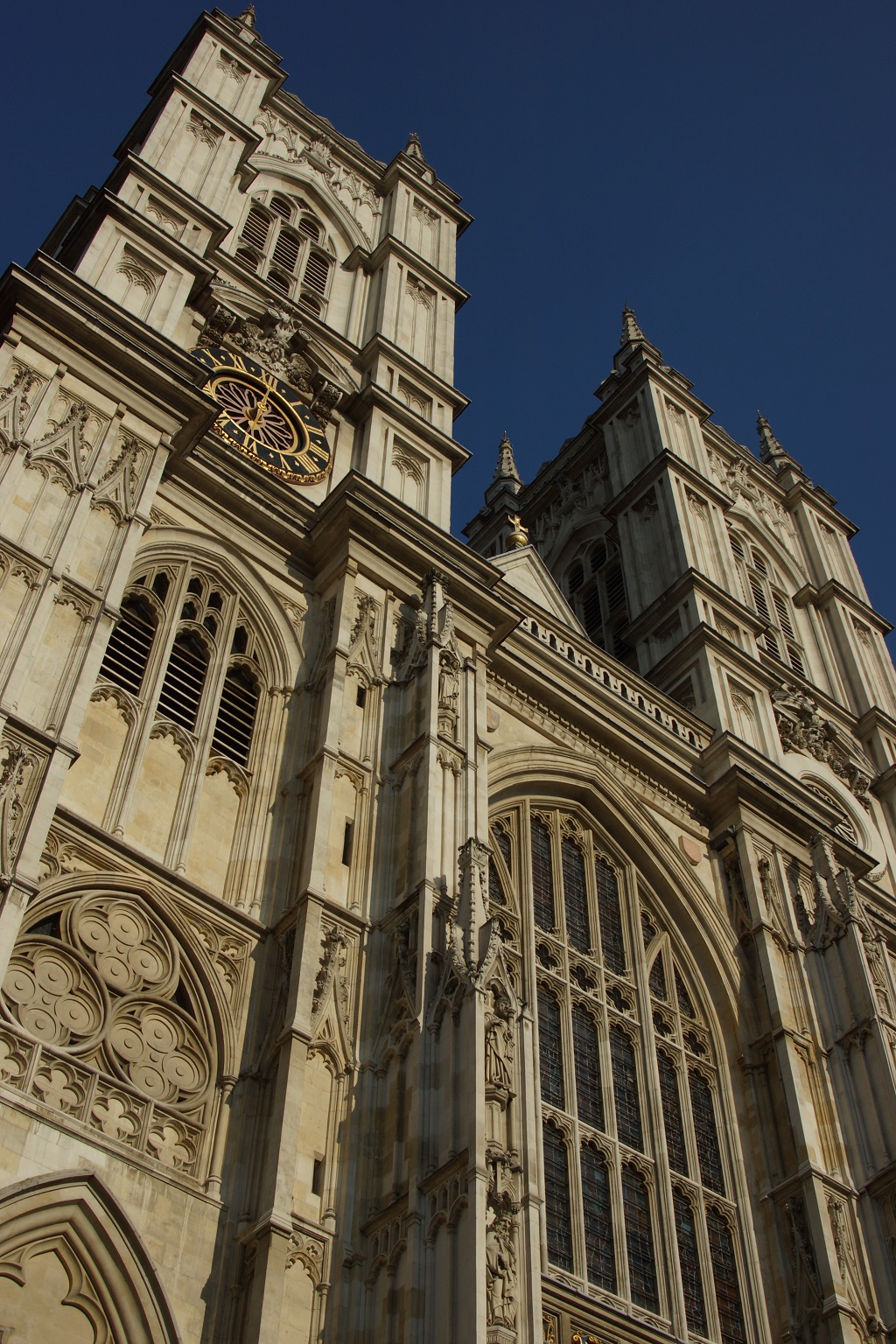Numerous styles of beer are available and indigenous
to Britain. Here, I've attempted to outline some
of the major styles of beer available.
Barley Wine
Barley Wine dates from the 18th and 19th centuries
when upper-class patriots saw it as their duty to
drink ale rather than Claret.
Typically between 10% and 12%, Barley Wine was usually
stored for between 18 months and 2 years.
Barley Wine is not usually made by the larger brewers
but many micro-brewers do produce their own variations
on the style.
Fullers do
make a Vintage Ale which is made with different varieties
of malt and hops each year.
Bass’s No 1 Barley Wine (10.5%) is brewed in Burton-on-Trent,
stored in cask for 12 months. However, it is not
widely available or regularly brewed.
Bitter
Bitters are a derivative of the pale ale and were
developed so that brewers could serve beer in their
pubs after only a few days cellaring. With the growth
of the tied-estate, the move from beers stored for
many months towards beers which needed to stored
only for short periods of time accelerated.
Bitters also, generally, were a different colour
than pale ales as they were made from different darker
malts that also give a different taste to the beer.
Bitter is normally in the 3% to 3.9% range but "Best
Bitter" is normally over 4%ABV. Extra or Special
Strong Bitters are a development of this idea.
Familiar examples of this stronger style include Fullers ESB
and Greene Kings Abbot Ale.
Golden Ales
Golden Ales are a new style of well-hopped and pale
ale developed in the 1980s by brewers looking to
win over and increasingly prosperous younger drinker
from the lagers backed with big-brewery money.
Typically 3.5% to 5.5% ABV Golden Ales are made
from pale malts which give a pale amber, golden or
straw colour and are served cool.
Light Bitters
Light bitters are bitters with an ABV of under 3.4%
or an original gravity of below 1034. Typically they
are also lighter in colour than stronger bitters.
Recent years have seem the reduction of the number
of Light Bitters in the West Country where such beers
used to be prevalent.
Porters and Stout
Porter is a London style.
Originally Porter was a blend of Brown Ale, Pale
Ale and well-matured ale. Porter gained it's name
from it's popularity with the porters that worked
at the London markets of Billingsgate, Spittalfields
and Smithfields markets. At the time, "Stout" was
a generic term for the strongest beer in a brewery.
Large volumes of Porter and Stout were shipped to
Ireland from London and Bristol that a brewer by
the name of Arthur Guiness fashioned a beer in his
own interpretation of the style - using unmalted
roasted barley thus creating a style known as Dry
Irish Stout. Restrictions on makign roasted malts
in Britain during World War One left Porter and Stout
brewing to the Irish.
Porters are typically 4% to 6.5% and dark brown
or black while stouts can be dry or sweet and range
from 4% and 8%ABV.
The difference in colour is because porters are
brewed using dark malts while stouts are brewed with
roasted malted barley.
Pale ales and IPA
India Pale Ale were first brewed in London and Burton-upon-Trent
for export to the colonies. Hops were used to preserve
the beer to help keep the beer in good condition
for the long journey to it's destination.
Less hoppy and lower-alchol IPA's were produced
for the domestic market and called simply Pale Ale.
IPA's are generally are upwards of 4%ABV.
Old Ale
The Old Ale Style dates from before the Industrial
Revolution. Originally, the Ale would have been stored
for months in tuns.
As tuns are made from unlined wood, the beer would
become more sour as a result of wild yeasts, lactobacilli
and tannins in the wood. The ageing in the tuns and
sourness came to known as "stale" and became
one of the original ingredients in Porters.
Old Ale can be brewed as lower than 4% and range
up to around 6.5%. Lighter coloured ales tend to
be more hoppy while the darker versions tend to more
malty and can be quite malty. Lengthy maturation
remains a key part of the Old Ale style - most often
in bottles rather than in bulk vessels.
Mild
Mild is one of the oldest styles in the UK and is
usually (but not always) a darker brown in colour
as a result of the use of well-roasted hops or barley.
A mild is, basically, a beer which is less hopped
than bitter.
A mild will typically be between 3% and 3.5% ABV.
According to CAMRA, Milds of the 19th Century were
not always made with lower ABV than regular bitters
and would commonly be made to 6% to 7% is strength
to cater to consumer demand for a sweeter beer.
 Pageant through historic Windsor to commerate the Diamond Jubilee of Queen Elizabeth II
Pageant through historic Windsor to commerate the Diamond Jubilee of Queen Elizabeth II
 Pageant through historic Windsor to commerate the Diamond Jubilee of Queen Elizabeth II
Pageant through historic Windsor to commerate the Diamond Jubilee of Queen Elizabeth II
 UNESCO-listed Stonehenge monoliths in Wiltshire
UNESCO-listed Stonehenge monoliths in Wiltshire
 Picture of the week - View of the Palm House at the Royal Botanic Gardens, Kew
Picture of the week - View of the Palm House at the Royal Botanic Gardens, Kew
 Information on and about the museums in London
Information on and about the museums in London
 Four great Samuel Smtihs pubs around London for a drink
Four great Samuel Smtihs pubs around London for a drink
 Six historic pubs worth visiting in London
Six historic pubs worth visiting in London
 Fifteen things no visitor to London should miss
Fifteen things no visitor to London should miss